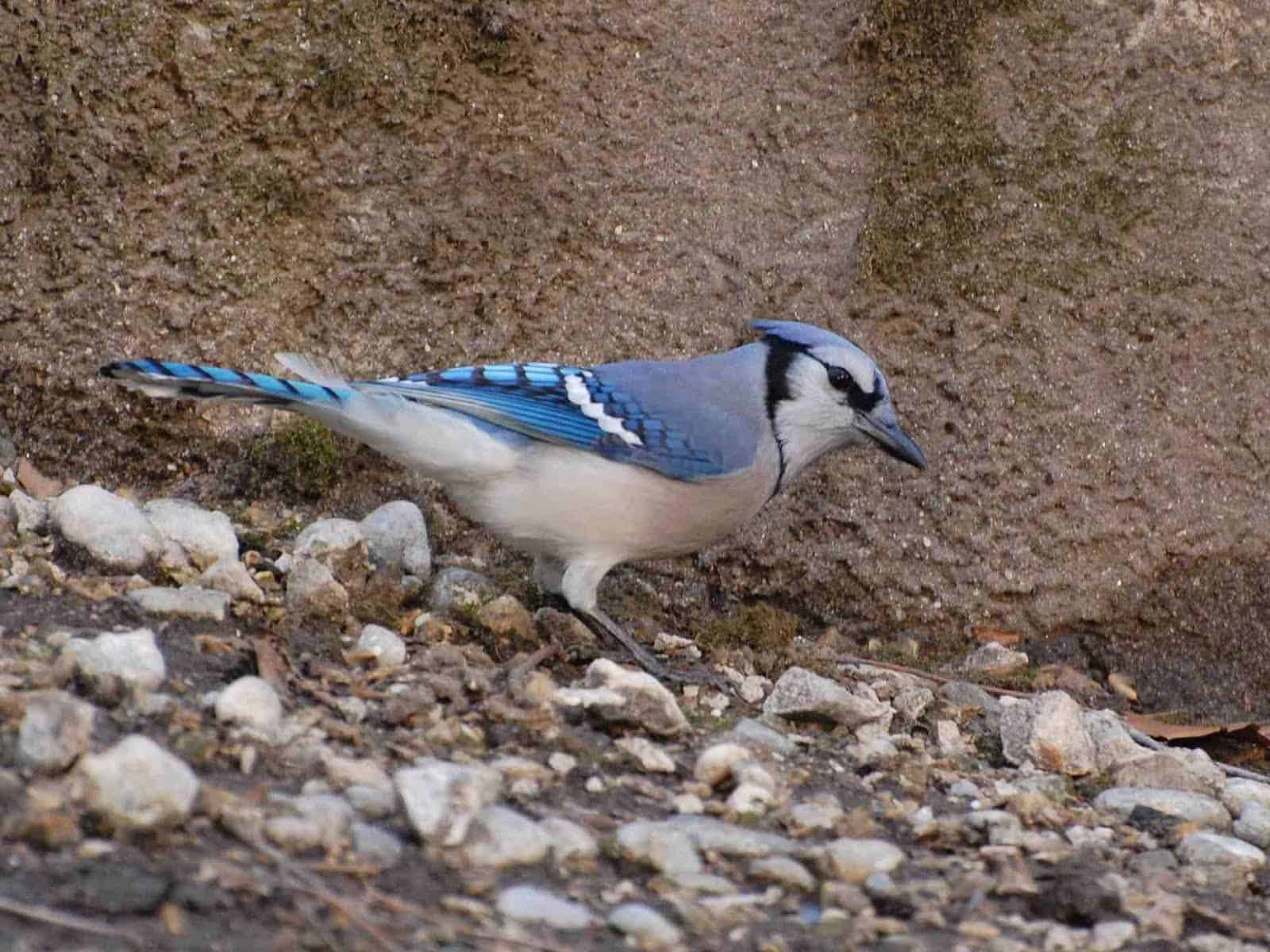It was a cold week in New York. As I sat writing at my desk by the window I saw the neighborhood birds in another light. One of the ways birds keep warm is by fluffing up their insulating feathers; they looked like puffballs all week. They have other ways to keep warm.


Their feet are thermally isolated from their bodies by a network of blood vessels that cool outgoing blood and warm the returning flow. They also can stand on one leg with the other inside the warm cover of their feathers. Sone huddle together at night to share warmth. City birds are good at finding warm spots to sleep near like chimneys or lights, and on eaves.
An old building I worked in attracted a red-tailed hawk on cold nights; it slept on the sill of a window that was so leaky that the perch was practically toasty.
Another thing that helps keep birds warm in cold weather is eating high calorie foods. When snow covers the ground, even the most resourceful city birds have trouble finding food.
My little porch gets covered with snow but I brush off the dormant planters and put food in them: sunflower seeds, safflower seeds, peanuts, grapes, raisins, perhaps some bits of apple and whole grain bread. Below are summer photos of the neighborhood birds that have been visiting.
The blue jay, Cyanocittacristata,announces its arrival with chime-like musical calls. A pair have been showing up together all week. They eat seeds and peanuts. Each takes one seed at a time to a perch in the little tree close by. The bird holds the seed in its feet, pecks with its bill, then pulls the seed out, eats it, and comes back for more. Very labor intensive!
A house sparrow might show up alone but is soon followed by a flock.They eat everything, including safflower seeds that they are reported to eschew. Maybe Brooklyn’s house sparrows have a cosmopolitan taste for foreign foods.The male northern cardinal preferentially takes whole peanuts.
He flies away with them and returns in a few minutes for another. I know when he has arrived because I hear his quiettick tick tick. After peanuts, sunflower seeds are his next favorite thing. He stabs at grapes eating beak after beak full of fruit.

The female cardinal has arrived alone or with a male every day.
White-throated sparrows, Zonothrichia albicollis, normally feed in the underbrush by scratching at leaves. They are good in snow, too, tossing it up with their feet and flapping wings to uncover seeds. A few of them come to my porch to look for food throughout the winter.
Morning doves, Zenaida macroura, seem passive with the other birds, but make up for it by eating faster. They don’t open the seeds before eating them, like most of the other birds. They just peck them up, shell and all, one peck per seed. Very efficient!
American robins, Turdusmigratorius,don’t all migrate away for winter. They do change their eating habits. No worms are available. They disappear from lawns and go foraging for dried berries. Click here to read more details in a previous blog.One or two are spending the winter near my place; the apples, grapes, and raisins are for them. And they like an occasional nibble of whole grain bread.
Julie Feinstein
I am a Collection Manager at the American Museum of Natural History, an author, and a photographer. I live in New York City. I recently published my first popular science book, Field Guide to Urban Wildlife, an illustrated collection of natural history essays about common animals. I update my blog, Urban Wildlife Guide, every Sunday.



Leave a Reply